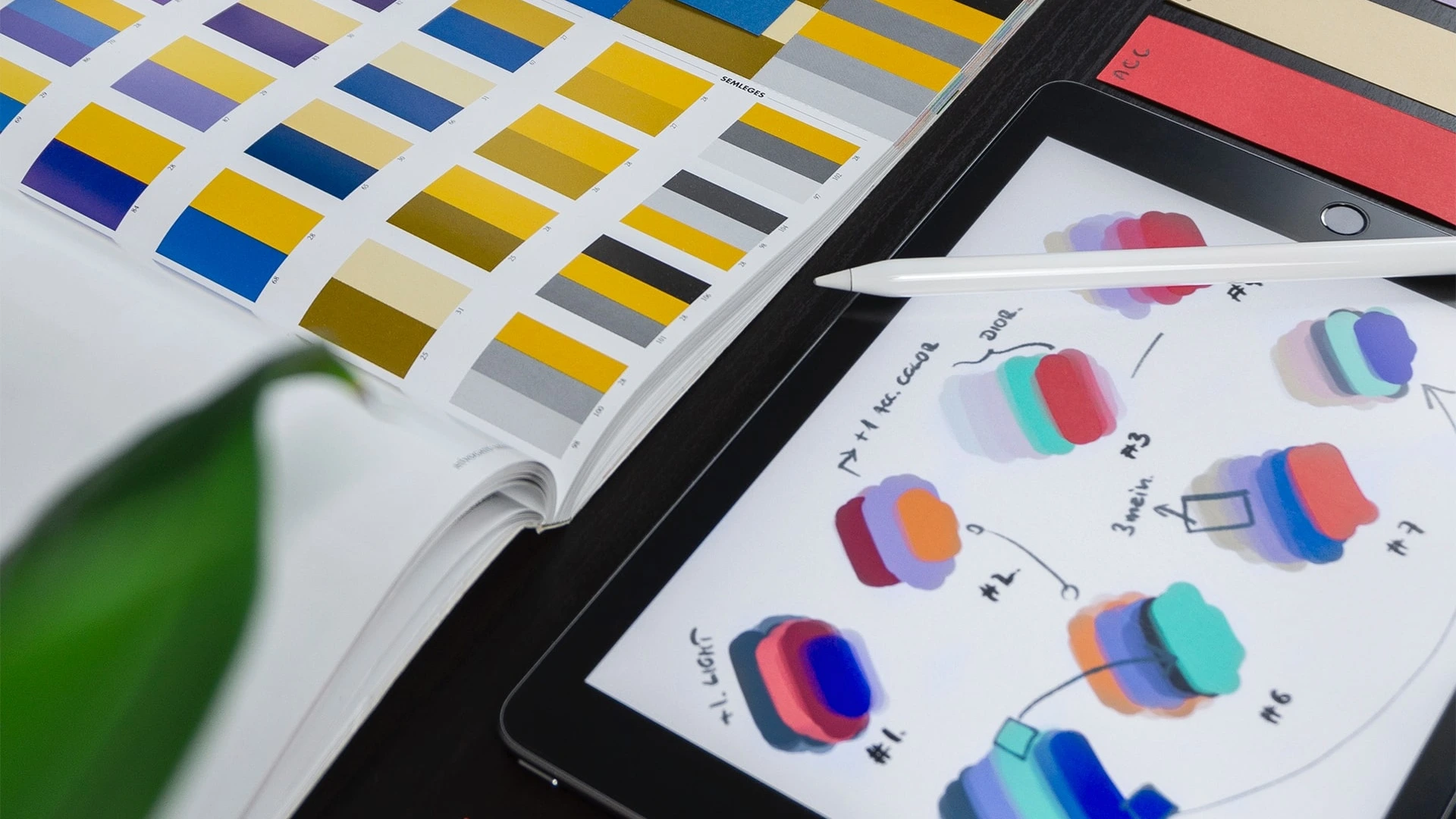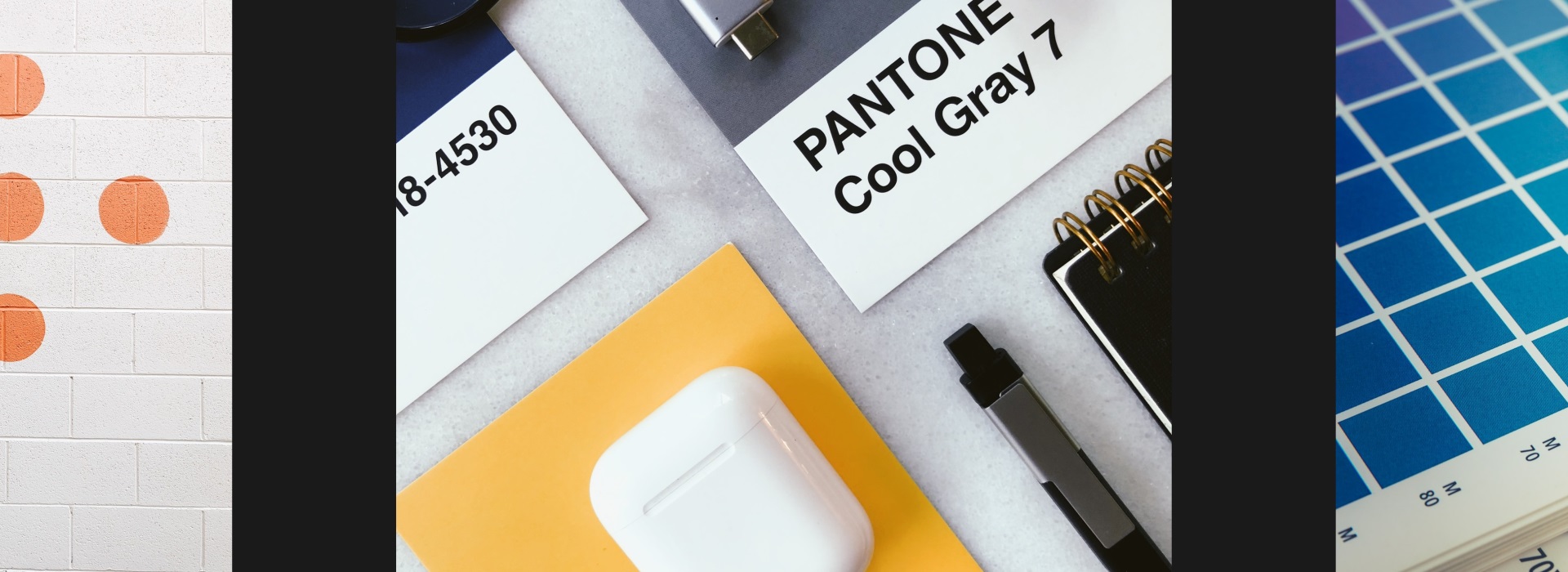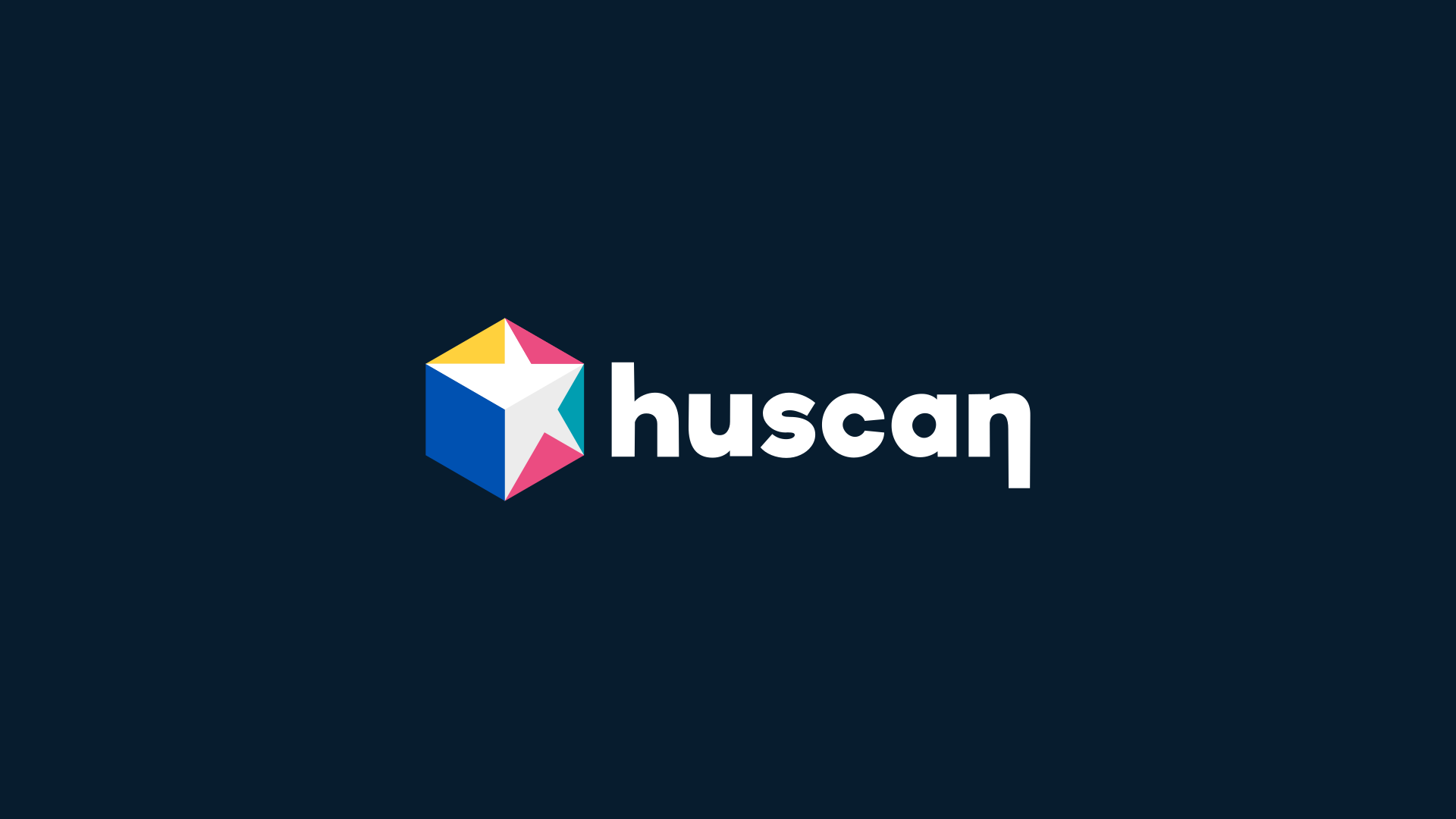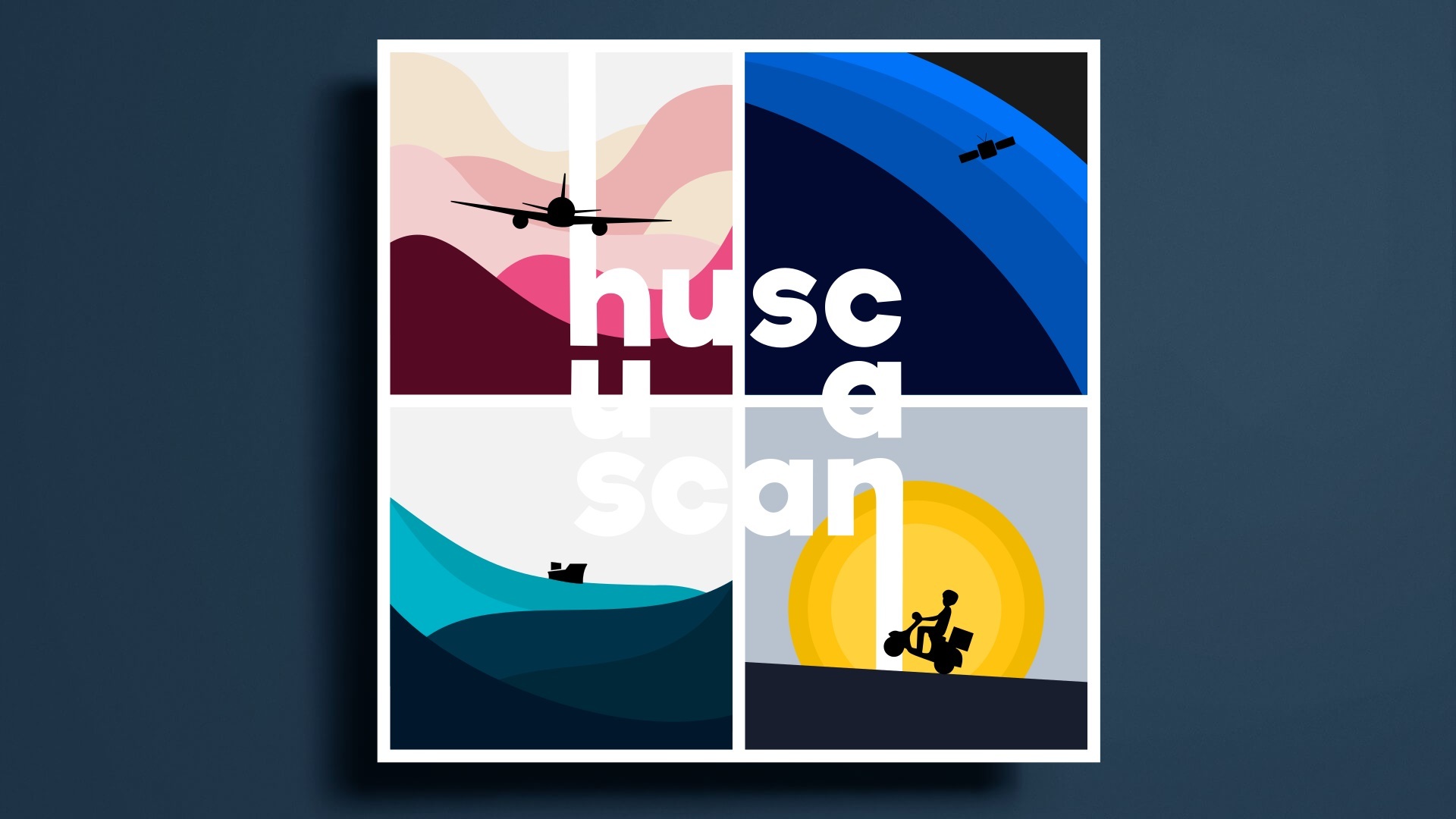A Brand is Born
Whether you are preparing for a brand design project, a rebranding project, or you are just curious about how a brand identity is created, read on to discover how we conceptualize and develop a brand from scratch.
Phase 1 of 4:
Project Initiation
Initial Chat
Our first conversation is a chance for us to get acquainted. You get to know more about us and ask us questions, and we get to assess the nature of your business, your industry, and your requirements. To this end, we may ask direct questions and also send a questionnaire for you to fill. The main objective here is to determine if there is a great fit between what you need and what we can provide.
Discovery Call
Once we ascertain we can be of help with your project, we schedule a discovery call. This is where we have a deeper conversation about your project. We discuss your business and current brand, your brand goals and project scope, specific deliverables, and timelines. We may also request additional information if something was unclear from our initial chat.
Project Proposal and Signing
After we have a clear picture of what we can do for you and how we can do it, we synthesize every piece of information we’ve gathered until this point and write up a project proposal outlining the list of deliverables, milestones, and fee and payment terms. If we are both in agreement with what is outlined in the proposal, we together decide upon a project start date and sign a standard contract digitally. The contract repeats key information from the proposal and details our business policies.
Now that the paperwork is done, we get to move on to the exciting part!

Phase 2 of 4:
Brand Strategy
This is the most important part of our brand design process. The brand model we develop during this phase forms the foundation for your entire brand and your visual identity.
Discovery Sessions
This is where we try to unearth everything about your business, your customers, your existing brand, and your unrealized ideal brand. We ask open-ended questions that stimulate insight-rich conversations, and we listen carefully. We also engage in a couple of fun exercises. There are no mistakes here, no wrong answers. Every insight is usable insight. Our goal here is to follow the trail of ‘Whys’ as far as it will lead us while we encourage you challenge your assumptions and dig deep.
Industry Research
Following our discovery sessions together and armed with a 30,000-foot view of your business, current brand, customers, and competition, we conduct our own research into your industry. Here are some things we investigate:
- Standards and benchmarks of your industry.
- Your competitors and their brand strengths and weaknesses.
- Areas of ambiguity and confusion in your industry’s branding.
- Avenues for unique brand differentiation.
This is also an opportunity for us to gather the insights from our discovery sessions and examine them from a different vantage point to get an unbiased perspective as neutral external observers.
Brand Model Development
We continually synthesize what we learn during this phase and build your brand model — a paradigm that governs why your brand exists, whom it will reach and how it will function. Your brand model guides how your business behaves and how it interacts with your stakeholders and the world at large. Here are some of the things that the brand model will include:
- Brand purpose, values and story.
- Brand personality and tone of voice.
- Unique Value Proposition (UVP).
- Customer segments and user profiles.
- Gap analysis between current brand and unrealized brand potential.
- Visual identity (developed in the next phase).
- Brand collateral and brand assets (developed in the next phase).

Phase 3 of 4:
Visual Identity
The visual identity is the visible extension of the brand model and is built atop everything we have unearthed and developed during the previous phases.
Setting the Aesthetic Direction
Before we start to design specific instances of your identity system, we need to set a general aesthetic direction that we can use as a guide. This is where a ‘mood board’ comes in handy. A mood board is a collage of ideas (in the form of images, typography, colors, graphics, personality attributes, etc.) we build together to base the identity design on. It acts as a buffer between the previous phases and the design phase, and allows us to translate ideas and concepts from the brand model into visual elements we can use to build our identity system.
Developing the Primary Logo and its Alternate Forms
Now that we have set the aesthetic mood for the visual identity, we start handcrafting the foundation of your identity system — your logo. This is essentially the face of your business and brand. The rough sequence we follow for designing your logo is detailed below:
- We start by sketching out concepts based on our mood board. We use good old pen and paper at this point. Once an idea starts taking shape, we explore that path further. When we have a few designs that we absolutely love, we recreate them digitally and start developing them further.
- Once we have a concept that we can 100% stand behind, we send it over to you and have a chat. Based on your feedback, we start to perfect your logo. We chisel away what is not needed, we mold, we tinker and we build.
- Once we’ve transformed a concept into a living and breathing mark, and you’re happy with the outcome, we start building the logo variations. This could include a secondary logo, a logo in multiple orientations (vertical, horizontal, circular), a submark, and if necessary, a favicon.
Developing the Brand Colors, Typography, and Identity Graphics
A truly great brand can be instantly recognized even without a logo. When used correctly and consistently, the brand identity assets such as brand colors, typography, patterns, supergraphics, illustrations and iconography can seamlessly work together with other elements of the brand model to identify the parent brand. This is the step where we develop these vital brand elements.
Designing Brand Collateral and Other Brand Assets
Having built a system of visual elements that uniquely identifies your brand, we now do the work of placing this design system on every instance of a user’s interaction with your brand — stationery, social media, marketing material, and everything else. Consistency across all your brand assets builds brand familiarity over time.



Brand design for Huscan, an e-commerce consulting startup. View the case study.
Phase 4 of 4:
Project Completion
Handing Over the Files
Once you have signed off on the identity design, each design file will be delivered in multiple file formats for all applications you could encounter (AI, EPS, PDF, PNG, JPG). You will be able to access and download all your files through Google Drive. We also safely store all your original files even after project completion, just in case you ever misplace them.
Developing the Brand Style Guide
Your ‘Style Guide’ acts as the instruction manual for your identity system. It helps you, your employees, your designers, and other stakeholders stay on the same page about how your brand is supposed to look and feel in any given situation. This is important because a cohesive and consistent application of your brand identity — along with consistently top-notch business quality — is what builds a strong brand and customer loyalty over time. Here are some of the things that are outlined in the brand guide:
- Summary and use cases of your brand model.
- Instructions on how and how not to use your logo and its variations.
- Instructions on how to use your brand typography, brand colors, and other identity assets.
- Instructions on how and how not to pair different elements of your identity system.
- Common use cases of your brand identity system.
- Important information to provide when working with other designers.
Final Discussion
This is where we pop our virtual champagne together and celebrate the birth of your new brand! This is also a chance for you to ask questions about the brand style guide, specific use cases of your brand model and identity, or anything else about the brand design.
So, there you have it — our brand design process in all its glory. Please note that the process is not always as linear as this article presents. Every phase overlaps the next phase and can go back and forth. This article merely outlines the general process flow we stick to.